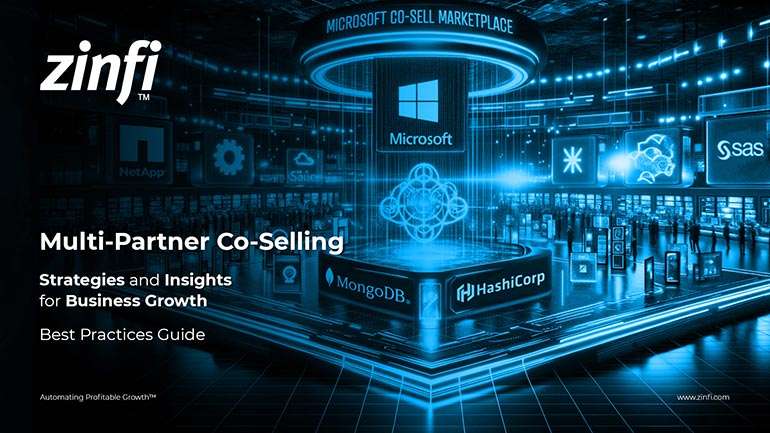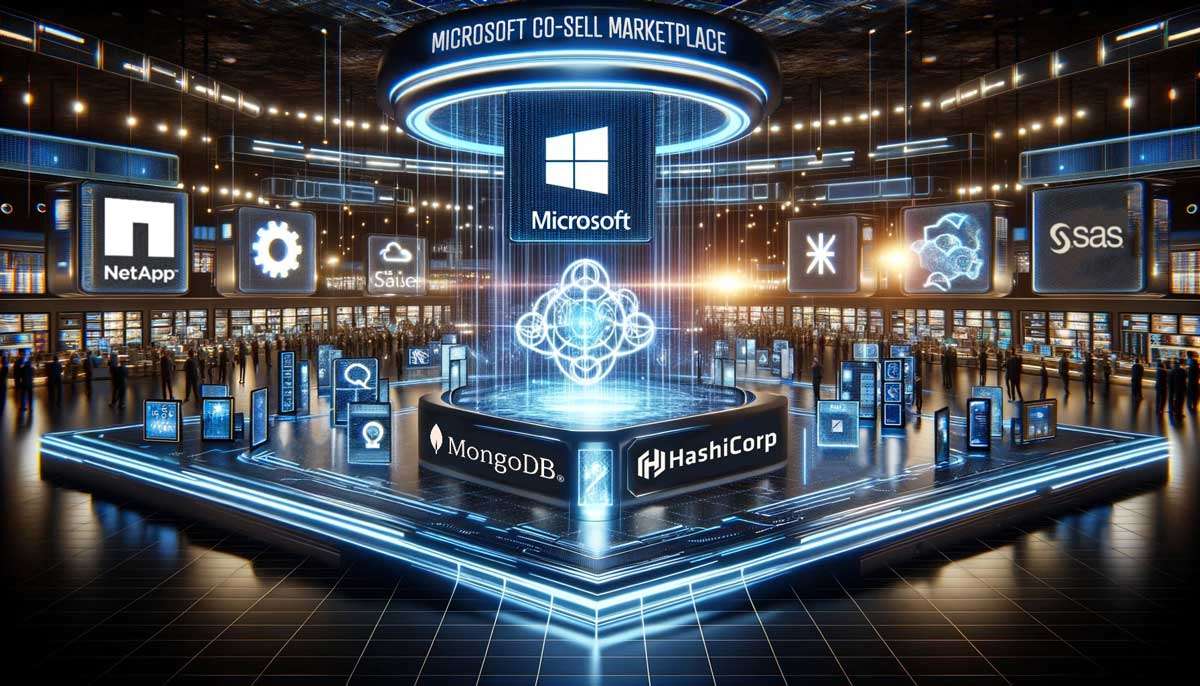Best Practices Articles
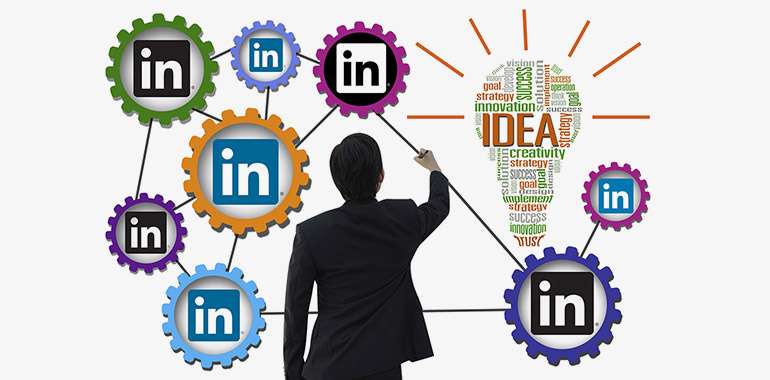
10 LinkedIn Improvements To Remain B2B Social Marketing Relevant
When it comes to business-to-business (B2B) social network, LinkedIn is the gorilla, and has certainly started to act like one. Why do I say that? Well, it's based on a lack of innovation. The stock price is down, and the analysts are no longer sure – the future is not as clear as it used to be. Believe it or not, LinkedIn has been around for well over a decade now. It is older than YouTube. In the beginning, it was an incredible tool for upgrading your static Rolodex into a dynamic database of personal contacts, but then it morphed into an online resume, networking tool and much more. Thanks to Reid Hoffman's brilliance in pulling a team together that was incredibly successful in harnessing the untapped potential of a B2B social (or should we say also B2B social marketing?) network, LinkedIn became a valuable tool for the professional world. Certainly some of its success was attributable to timing, as Malcom Gladwell points out in Outliers, but a lot of its success was tied to the uniqueness of its original vision.
Vision, timing and execution to date have been almost flawless for LinkedIn – a B2B social network whose business model was based on a pure connectivity platform for job seekers and recruiters. As digital social behavior evolved, LinkedIn did an amazing job of capturing feature ideas from Twitter, Facebook, Pinterest and others, but it also added original solutions that logically built on its core strengths. All of this has been great until recently, but I have started to wonder why the experience needs to be so complex when the core activities are relatively simple. While LinkedIn is being touted for both personal (career) and professional (sales and marketing) uses, and data shows that it tends to drive more traffic to a company website than other social media, the social marketing aspect of LinkedIn still is in its infancy, leaving much to desire both for ordinary users and “hyper-users” like myself.
Can it be true that, 450 million users later, LinkedIn is now struggling to innovate and differentiate? Yes, the stock price is up almost 100% from the day of its IPO, but it’s down significantly from its highs in early 2015. Could it be possible that the company needs to radically rethink how to increase its utility further for users and increase usage (minutes) per day per member? Lately, the innovation has been far from what you expect from a leader. The recent mobile release is questionable at best, as is the current focus on fully monetizing the user base using a freemium model. Now don't get me wrong: I love LinkedIn. I log in every day for personal and professional uses, but also to keep up to date on industry activities. But I think we should expect a lot more from a leader in B2B social networking. As a hyper-user in recruitment, sales, marketing and more, if I were running product management at LinkedIn I would simplify the offering into two core areas: recruitment and social marketing. I would get rid of the hodgepodge of other features and offers, which are too complex and add no real value. This approach, allowing LinkedIn to focus its resources on two core offerings, should liberate the company and solidify its future for some time to come.
And now for some specific suggestions:
- Focus on the user – Yes, monetization is important for LinkedIn – and for that matter, for any organization (profit or non-profit) – but the products and solutions need to flow together. LinkedIn needs to work hard to move away from the disjointed experience it offers today across its solutions (recruitment, sales and marketing). Fifteen (15%) percent of LinkedIn users pay for the eighty-five (85%) percent who are using it for free; maybe LinkedIn needs to segment its use cases that way. Today, LinkedIn products try to reflect how the organization is structured: different product groups and lines of business vs. a unified experience from a "paid customer" perspective. At the same time, it also reminds me of the Windows Mobile phone vs. the iPhone experience. When iPhone launched, it was unified – a perfect marriage of hardware and software – but the Windows Mobile ecosystem represented a much more disjointed product experience for its users. That's how LinkedIn is today. The experience in LinkedIn Recruiter is different from its sales and social marketing. Why? Many users use all three offerings, especially in SMB segment. We all market, sell and recruit, at both the personal and company level – don't we? It may be more true for social marketing and sales professionals, but ultimately we are all in charge of the "Me" brand.
- Aggressively stop fake profiles – The only way to do this is to close the network for some time. Seriously! Change the rules so that, before you can open an account, you must upload at least 100 legitimate emails, and request them to authenticate who you are. Even a student knows 100 legitimate people. And at least 50% should accept. It is so easy to set up a fake profile, and then use InMail to connect. It’s truly annoying. I get multiple emails every day from someone trying to sell me something. Why? How is it different from spam? You expect me to mark every one spam? Why? Close the gate, and figure out how to better serve the 450 million (or should I say 300 million real) members that you have first, before you look for more. Why take on more customers as a $2 billion company when the current ones are being stalked by fake profiles?
- Improve search– This is a real pain today. Yes, there is an advanced search feature, but it doesn’t work very well. The search function needs to be simplified. I suggest it focuses narrowly on finding people, companies and content. How difficult can this be? Especially for its recruitment and social marketing offerings, LinkedIn needs to fix this rapidly. If it proves too difficult, reach out to or hire from Google. I am sure they can help.
- Make Pulse an alternative to Wikipedia – LinkedIn has an amazing opportunity to do a better job of integrating SlideShare with its Pulse offering. Both are about sharing insights. At this point, however, what could be a useful, integrated offering is actually two patched-up solutions from two different companies. LinkedIn acquired SlideShare two years ago; you would think in two years they would figure out how to make the product flow much better. What an amazing opportunity it would be to have experts writing topical and serious material rather than random thoughts that essentially replicate a Facebook experience. But it’s not the writers’ fault. LinkedIn is causing bad behaviors by promoting volume over quality. Wikipedia is also about volume, but it has distinguished itself by becoming stringent on quality. If LinkedIn laid out a three-year vision with a similar focus on quality, it could tap into real experts contributing substance instead of becoming a shallow promotional vehicle for selling books. Aren't you tired of those experts pitching their books at the end of posts? That is so 2015!
- Eliminate or radically rethink social selling – LinkedIn’s Sales Navigator capability is a complete nuisance. We signed up for it, but then cancelled for two reasons. First, the search doesn’t work very well. Second, we don't want unsolicited InMail any more than we want unsolicited direct mail. LinkedIn’s messaging capability should be focused on interacting with someone you know, not with someone you don’t know. (Heeding this principle would also stop the fake profile issue.) That's why the social selling capability of Sales Navigator doesn’t have a lot of value, but it if were conceived as a social marketing tool it could have a serious impact. A better way to provide value would be to integrate the social marketing and sales roles into a single offering – a social marketing tool that allowed access to contact profiles via CRM. This is where an API needs to be opened up where you are NOT able to send an InMail to annoy potential prospects, but you are encouraged to promote your content via the network to engage and create interests.
- Improve analytics – The analytics LinkedIn provides as a $2-billion-dollar company is pitiful. If an enterprise software company provided this level of analytics, they would simply get replaced. I understand analytics is not easy; we struggle with that on our own platform as well, but with LinkedIn's war chest, they should be able to buy, license or hire their way to top-notch analytical capability. The more we can search, target and manage content properly via LinkedIn Pulse and understand it via analytics, the more sales and marketing professionals will gather around this capability and celebrate. In addition to recruitment analytics, advanced social marketing analytics would make a big difference in usage, content contribution and value add at an industry level.
- Stop pushing Influencers – By pushing content from Influencers, LinkedIn is running on the false premise that people will start following and use the platform more every day. Well, how is it working? Not very well, in my experience. Instead of pushing Influencers’ content, LinkedIn could show articles from specific interest domains and from the people I follow. Sure, there is probably a way that I can search for topics, Influencers, etc. and find the people I want to follow, but please don’t push Influencer articles via Pulse in an automated way. I don’t want to be distracted by random articles. Show me what I care about. It's a professional network, not a fraternity or sorority club. This is why people spend a lot less time on LinkedIn than they do on Facebook. Facebook is an accepted alter-ego of our school and college lives, powered by our inner anxiety to keep up with the Joneses. The same mechanism of random thoughts and news streams don’t really add value for the typical LinkedIn user. LinkedIn pushes to its users – in a Big Brother way – what it defines as important instead of what the user wants.
- Stop splitting out apps – LinkedIn must have got this idea from Facebook – Messenger splitting from the core Facebook app – but Facebook has a strategy for FB Messenger, which will eventually be replaced by WhatsApp. It's crazy how many apps LinkedIn has created. Why? It doesn’t even have enough usage (minutes per day) on its core app. What do they gain by selling a book by its chapters? Are they hoping that one of the apps will take off, and then they can focus resources there? Isn’t that a crazy way to build products? Also, are we that ADD as B2B users? Or the UI guy failed to have a vision? Or is it just a way to have the best product manager or the most politically savvy person win? You can sense my frustration here, but there is so much potential to create a better unified experience around two of its core offerings, recruitment and social marketing. Everything else is just a noise at the moment.
- Provide better help – For a $1,000 product, LinkedIn provides substandard support. Is it because it thinks it has a monopoly in the B2B space? Or is it because it is afraid to talk to customers? Shouldn’t a social network be a place where users can interact and contribute ideas on how to improve? Why doesn’t LinkedIn allow users to submit feature ideas, in an explicit way, other than some remote links on its Help Center – which, by the way, are very hard to find.
- Provide a “Donate” button – What would happen if every LinkedIn user donated a dollar per day to a greater cause? Wouldn't that change the world? Well, maybe not completely, but it could make a serious positive impact. Right? Instead of just paying the shareholders of LinkedIn – and some of us are doing that quite a bit via our subscriptions anyway – why not connect the masses to the charities they like and perhaps encourage the 1% to contribute for a cause or two or more?
LinkedIn has to stop treating itself as a database company with a Twitter-like random news feed, focus on personalization and rise up to the challenge to becoming a social marketing platform. As I mentioned earlier, the Facebook experience comprises a constant noisy chatter, a stream of disjointed conversations that is reminiscent of teenage behavior. LinkedIn, on the other hand, has an opportunity to behave like a professional – a true grown-up – and organize the conversation and the search function around business utility, rather than just mimicking ideas from other social networks – which is closer to plagiarism than innovation.
So: I would like to submit to LinkedIn's leadership team that, as a leader of the B2B social network space, your organization has an opportunity and a duty to promote the right behavior among its members, and truly differentiate from Facebook. We are still in the infancy of social networking, especially from the B2B perspective. Just as Microsoft went to the drawing board to rethink products like Surface Pro 3 and Windows 8 to create a much better user experience, LinkedIn needs to step back, take a deep breath, look at what users most value, and recreate that ultimate experience. When it does, the future will look great again.
Best Practices Guidebook
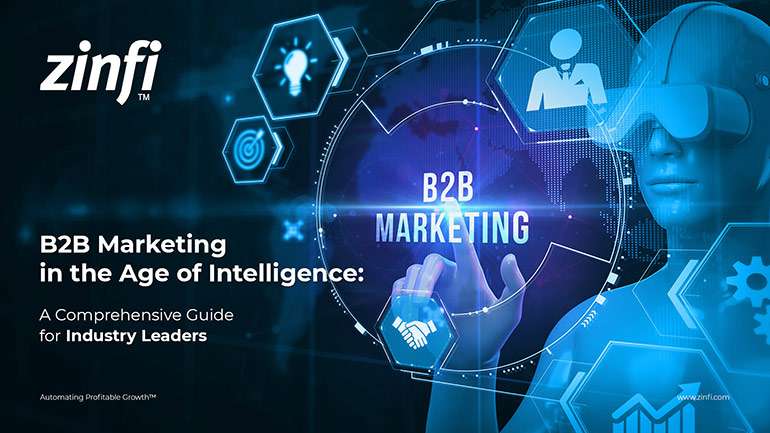 B2B Marketing in the Age of Intelligence Best Practices
B2B Marketing in the Age of Intelligence Best PracticesDownload Guide
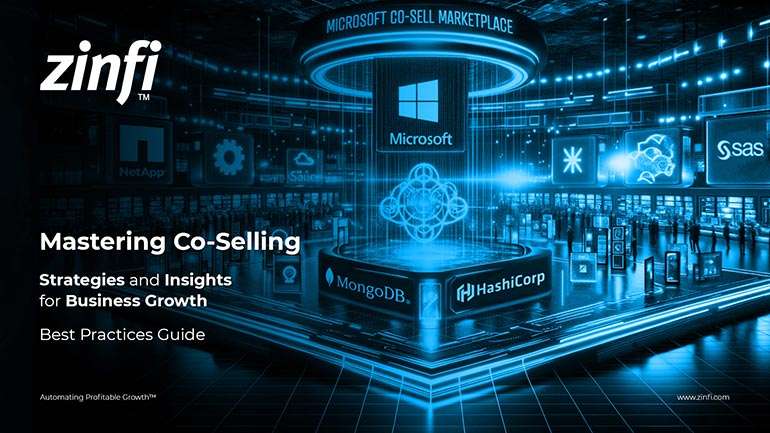 Multi-Partner Co-Selling Best Practices
Multi-Partner Co-Selling Best PracticesDownload Guide
 A Guide to Enhance Channel Sales Efficiency
A Guide to Enhance Channel Sales EfficiencyDownload Guide
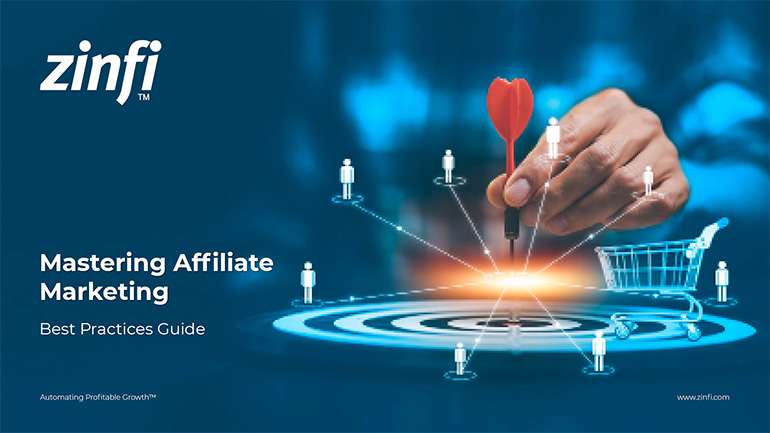 Mastering Affiliate Marketing Best Practices
Mastering Affiliate Marketing Best PracticesDownload Guide
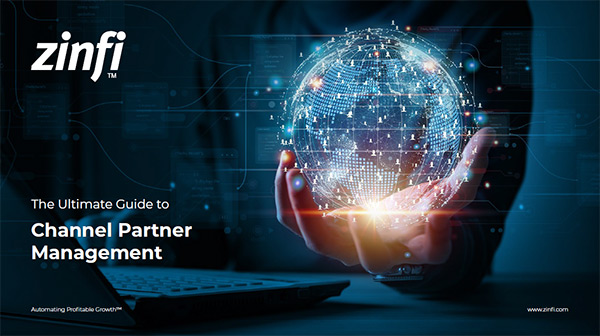 The Ultimate Guide to Channel Partner Management
The Ultimate Guide to Channel Partner ManagementDownload Guide
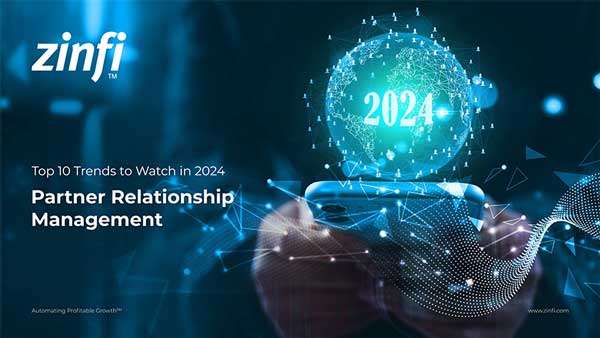 Top 10 Trends in 2024 Partner Relationship Management
Top 10 Trends in 2024 Partner Relationship ManagementDownload Guide
 Building Bridges: Best Practices in PRM
Building Bridges: Best Practices in PRMDownload Guide
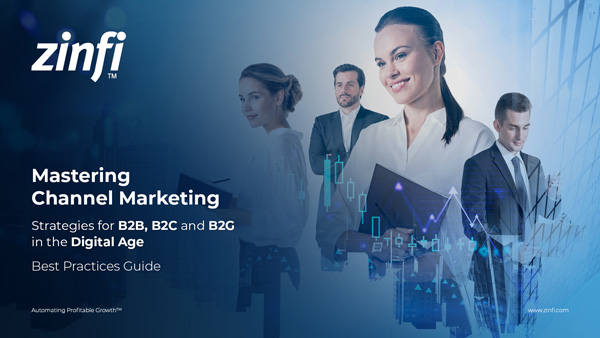 Mastering Channel Marketing Best Practices
Mastering Channel Marketing Best PracticesDownload Guide
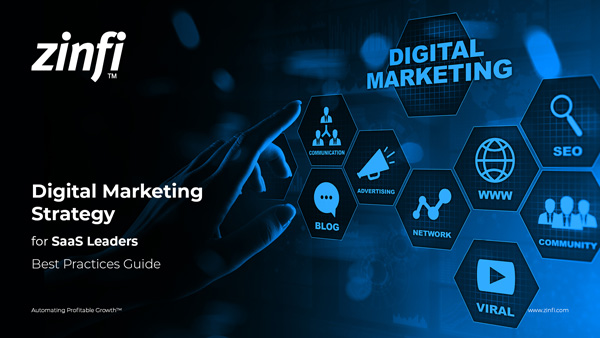 Digital Marketing Strategy for SaaS Leaders
Digital Marketing Strategy for SaaS LeadersDownload Guide
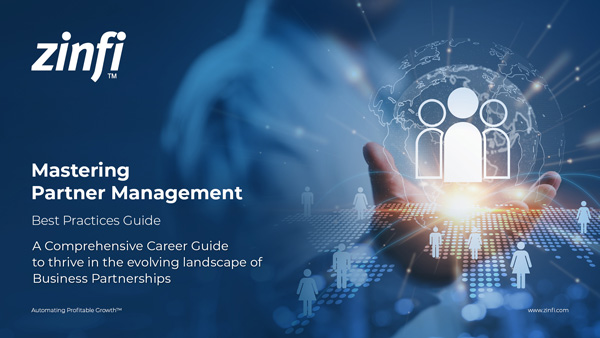 Mastering Partner Management Best Practices
Mastering Partner Management Best PracticesDownload Guide
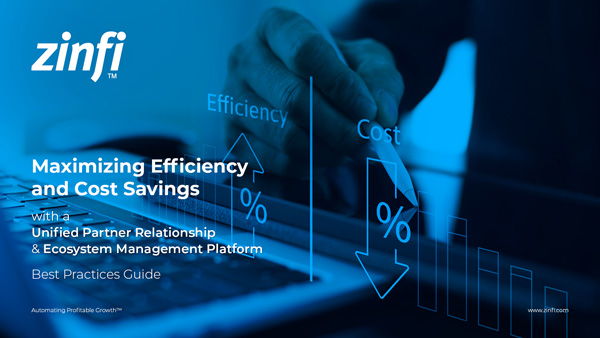 Maximizing Efficiency and Cost Savings with Partner Ecosystem
Maximizing Efficiency and Cost Savings with Partner EcosystemDownload Guide
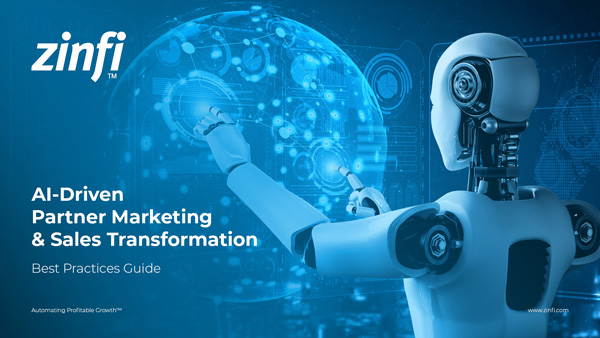 AI-Driven Partner Marketing Best Practices
AI-Driven Partner Marketing Best PracticesDownload Guide
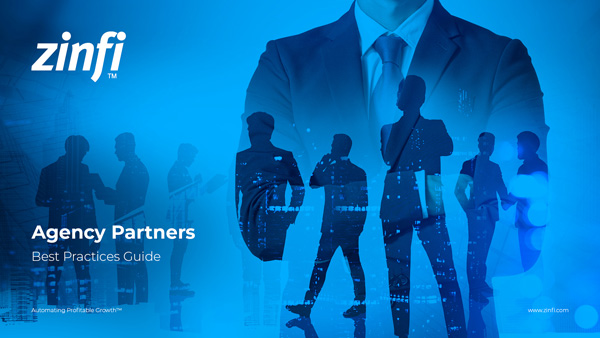 Agency Partners Best Practices
Agency Partners Best PracticesDownload Guide
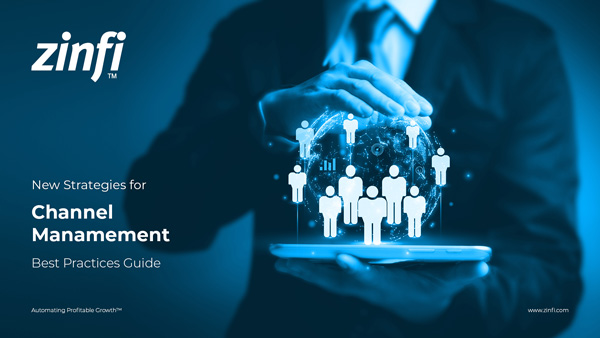 New Strategies for Channel Management Best Practices
New Strategies for Channel Management Best PracticesDownload Guide
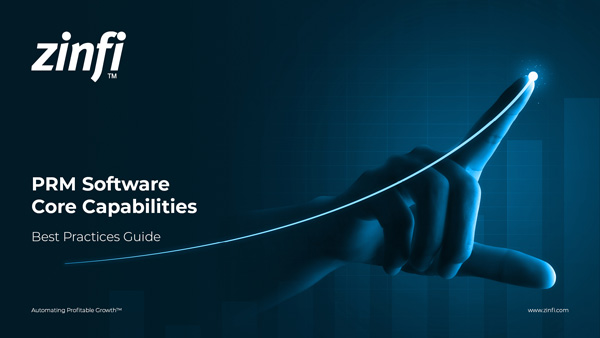 PRM Software Best Practices & Core Capabilities
PRM Software Best Practices & Core CapabilitiesDownload Guide
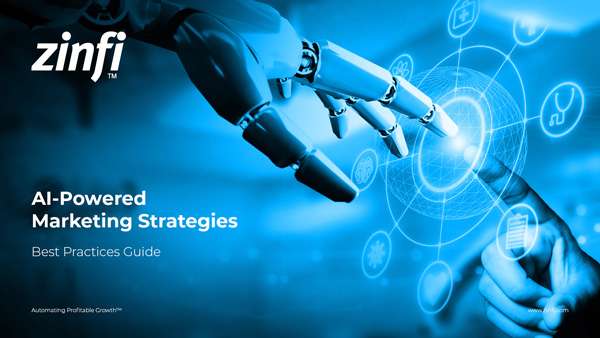 AI-Powered Marketing Strategies Best Practices
AI-Powered Marketing Strategies Best PracticesDownload Guide
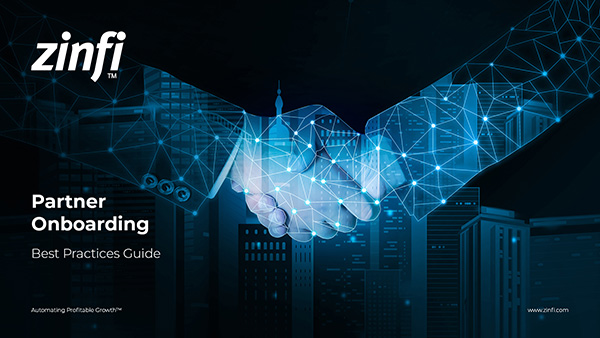 Partner Onboarding Best Practices
Partner Onboarding Best PracticesDownload Guide
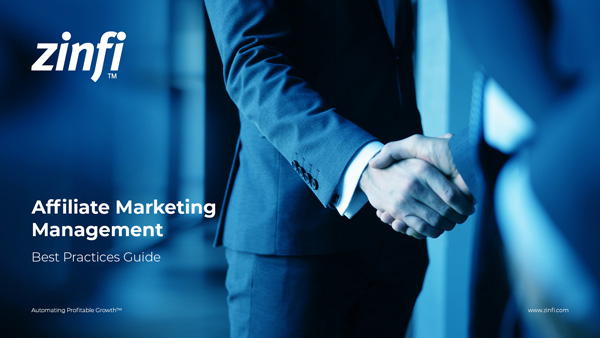 Affiliate Marketing Management Best Practices
Affiliate Marketing Management Best PracticesDownload Guide
All Guidebooks


